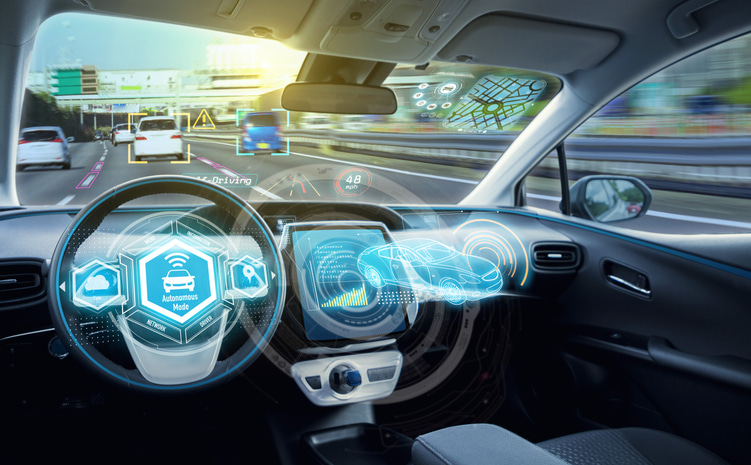
Essential Auto Collision Repair Tools Every Auto Body Shop Needs
February 13, 2025
A Guide to the Tooling Equipment Every Collision Repair Shop Needs
When your car suffers damage in a collision, you want to know it’s in the hands of skilled professionals equipped with the right tools to restore it to its former glory. At SoNo Collision, we understand that quality repairs aren’t just about expertise—they’re also about using the best equipment for the job. From precision welding tools to high-tech diagnostic machines, the tools we use play a critical role in every repair.
Let’s take a closer look at the essential equipment that keeps our Norwalk, CT, auto collision repair shop operating at its best and ensures your vehicle gets back on the road safely.
1. Spray Guns for Perfect Paint Finishes
Spray guns are crucial for achieving a flawless paint finish, whether touching up a small area or repainting an entire vehicle. The quality of the spray gun, combined with proper technique, determines the smoothness and durability of the final paint job.
- High-Volume, Low-Pressure (HVLP) Guns: Ideal for reducing overspray and paint waste while delivering a consistent finish.
- Detail Spray Guns: Perfect for smaller touch-ups and detailed work in tight spaces.
- Gravity Feed Spray Guns: Use less air pressure, providing a more controlled and even spray.
2. Welding Equipment for Structural Integrity
When it comes to restoring a vehicle’s structural integrity, welding equipment is indispensable. Collision repair shops rely on different types of welding tools, depending on the nature of the repair.
- MIG Welders: Great for general-purpose welding, MIG welders can handle various thicknesses of sheet metal, making them suitable for collision repairs.
- Spot Welders: Frequently used to replicate factory welds on body panels, spot welders provide the strength and precision needed for OEM-level repairs.
- TIG Welders: Ideal for more delicate welding tasks, such as aluminum body parts and thin sheet metals.
3. Frame Straightening Machines for Serious Damage
After a significant collision, a vehicle’s frame may be bent or misaligned. Frame straightening machines are used to pull and reshape the frame back to its original specifications.
- Computerized Frame Machines: Use advanced measuring systems to ensure precise alignment based on the vehicle’s original specifications.
- Pulling Posts: Essential for applying pressure in various directions to restore the frame to its factory condition.
- Laser Measuring Systems: Help detect even the slightest misalignments, ensuring the repair meets safety standards.
4. Diagnostic Scanners for Uncovering Hidden Issues
Modern vehicles come with complex electronic systems, and collision damage can affect more than just the visible parts. Diagnostic scanners help technicians identify hidden issues with a car’s electrical and mechanical components.
- OBD-II Scanners: Can read fault codes from the car’s onboard computer, helping pinpoint problems in the engine, transmission, airbags, and other systems.
- Advanced Diagnostic Tools: Some vehicles require specialized equipment to reset electronic features like blind-spot monitors and collision warning systems after a repair.
5. Air Compressors to Power Essential Tools
An air compressor is a workhorse in any collision repair shop, powering tools such as spray guns, sanders, and impact wrenches.
- Piston Air Compressors: Provide consistent airflow and are great for medium to large shops handling high-volume work.
- Rotary Screw Air Compressors: Offer a quieter and more efficient option for continuous use.
- Portable Air Compressors: Useful for mobile repairs or when working in different areas of the shop.
6. Paintless Dent Repair (PDR) Tools for Minor Dents
Not every dent requires a new paint job. Paintless Dent Repair (PDR) is a technique used to remove minor dents without affecting the vehicle’s original paint.
- PDR Rods: Allow technicians to push out dents from the inside of the panel.
- Dent Pullers: Use suction to pull out dents from the exterior.
- LED Dent Lights: Illuminate the dented area, helping identify imperfections.
Why SoNo Collision Is Norwalk’s Trusted Auto Body and Collision Repair Experts
At SoNo Collision, we are more than just collision repair specialists. Our experienced technicians are committed to delivering top-quality service using the best equipment available.
If your vehicle has been in an accident and needs expert collision repair, trust us to get it back in top shape. Contact us today to schedule an appointment, or visit our shop in Norwalk, CT!
FAQ About Auto Collision Repair Tools and Equipment
What tools do auto body technicians need?
Auto body technicians use a range of tools and equipment depending on the type of damage being repaired. Essential items include welders, dent pullers, body hammers, sanders, and other auto body repair tools. Specialty tools like suction cups, pry tools, and air wedges help with panel and trim removal during the repair process.
Do auto body shops still use Bondo?
Yes, many auto body shops continue to use Bondo and similar fillers to smooth out imperfections after dent repair. Although modern dent removal tools reduce the need for filler, Bondo remains useful for refining surfaces before sanding and painting.
What tools do you need for auto repair shop?
An auto repair shop needs a wide range of tools to handle both mechanical and collision-related work. Core tools include air compressors, welders, diagnostic scanners, and hydraulic lifts. For body work, shops rely on collision repair tools such as dent pullers, rivet guns, panel lifters, and suction cup systems to remove dents and restore vehicle panels.
What skills do you need to be an auto body repair technician?
An auto body repair technician must understand vehicle structures and be skilled in using tools for cutting, welding, sanding, and panel alignment. Technicians must also be proficient in the body repair process, including dent removal and surface preparation. Attention to detail, tool versatility, and hands-on experience with automotive repair procedures are essential.
Recent News
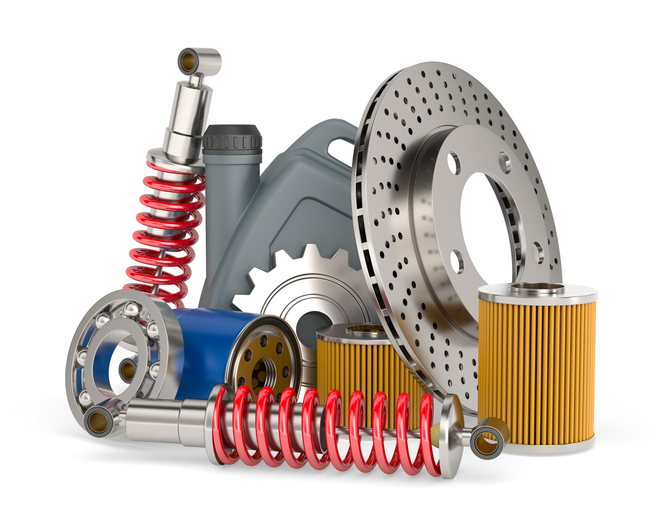
Aftermarket vs. Factory Parts: What’s Best for Your Car?
November 21, 2025

Essential Back-to-School Car Maintenance Tips: Keep Your Family Safe on the Road
August 30, 2025
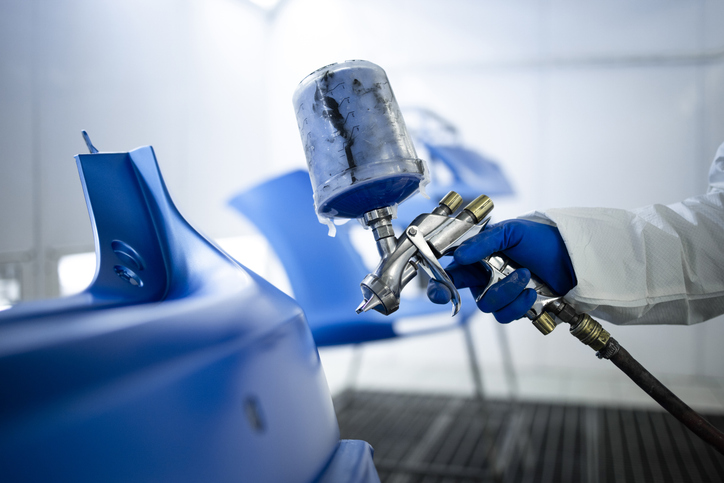
Understanding Auto Paintwork: Why It’s More Complex Than You Think
August 6, 2025
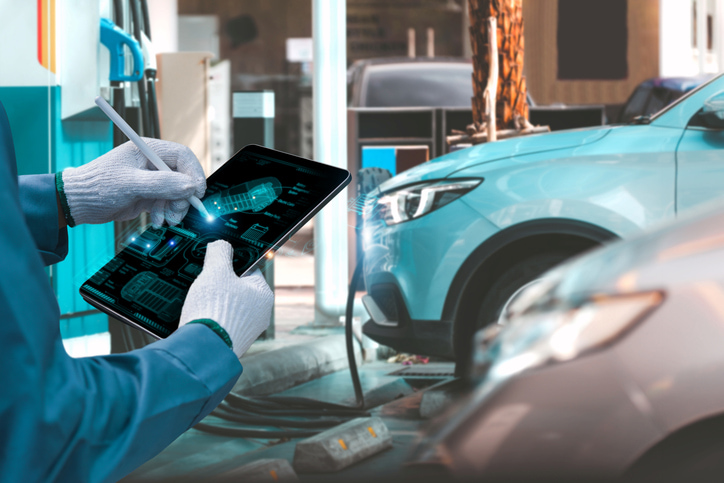
Can Anyone Fix My Electric Car? Understanding Your Options
May 22, 2025
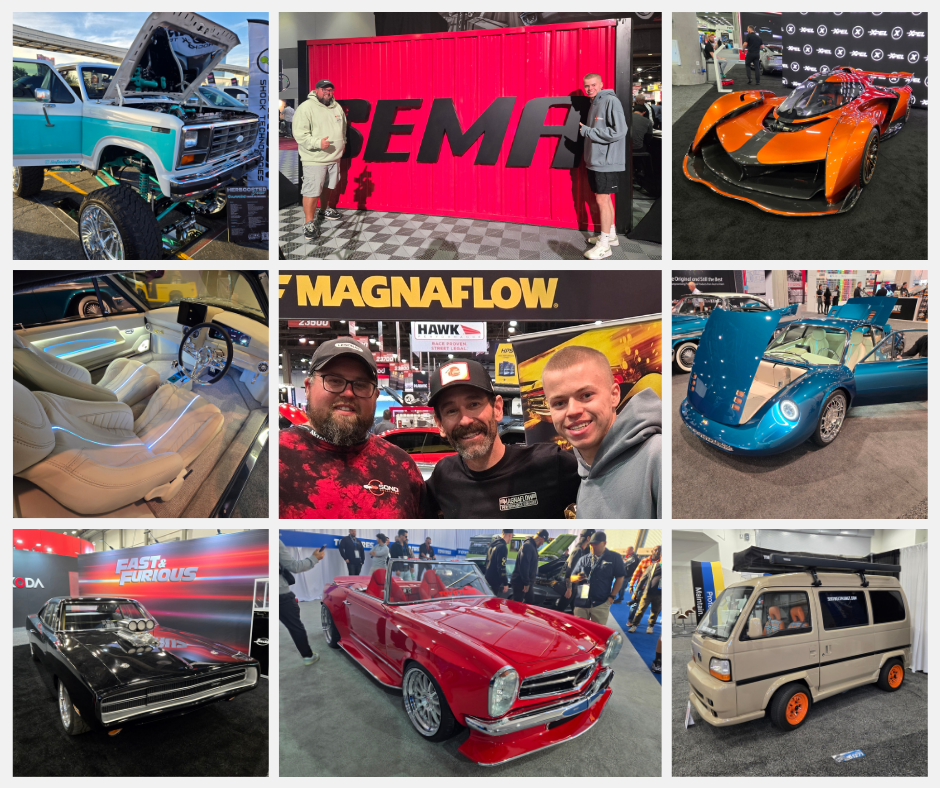
SEMA 2024: A Transformative Experience for SoNo Collision
November 13, 2024
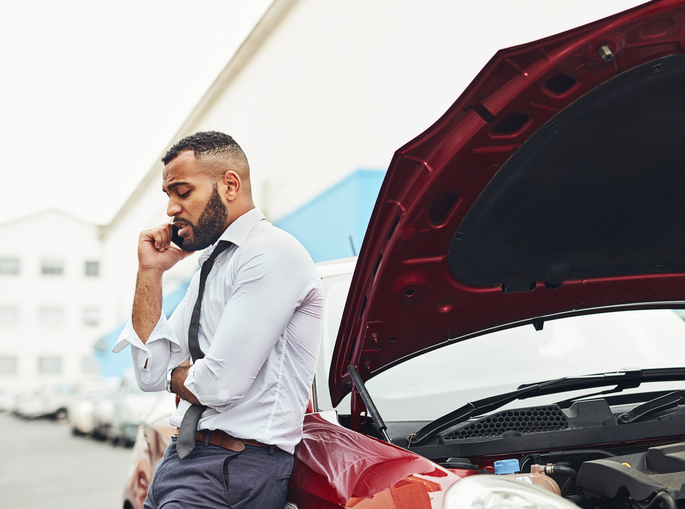
Should You Follow Your Insurance Company’s Recommendations for Vehicle Repairs?
August 19, 2024
